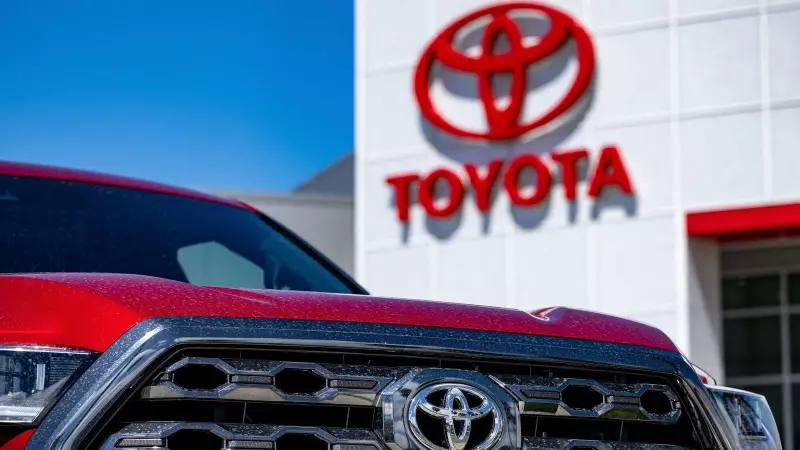
In a high-stakes game of automotive chess, Japan's legendary car manufacturers are engineering their way out of a potentially devastating regulatory checkmate. With the European Union's new Electric Vehicle (EV) tariff rules threatening to impose duties as high as 38% from 2030, the response from Tokyo has been characteristically ingenious: not political confrontation, but technical innovation.
The Looming Tariff Wall
The core of the issue lies in the EU's 'Rules of Origin' for EVs. By 2030, a staggering 65% of an EV's battery value must originate from either the EU or a country with a free-trade agreement (FTA) with the bloc to avoid a 10% tariff. Since Japan lacks such an FTA with Europe, its automakers face a direct path to a punitive 10% duty, which, when combined with the standard car tariff, creates a crippling 38% total levy.
The Japanese Art of 'Tinkering' as a Solution
Instead of relying on uncertain political negotiations, Japanese firms are deploying a strategy of deep, clever engineering. Their focus is on the most expensive component: the battery.
Here’s their multi-pronged technical offensive:
- Radical Supply Chain Shifts: Companies are aggressively sourcing critical battery materials like lithium and cobalt from countries that do have FTAs with the EU, such as Chile and Australia. This simple change in the origin of raw materials can significantly boost the 'EU-friendly' value of the battery.
- Strategic Partnerships & Localisation: Major players like Toyota are forging alliances with European battery giants. The goal is to establish local battery cell production within Europe itself, instantly making their EVs compliant with the new rules.
- Engineering the 'Black Box': There's a intense focus on the battery management system (BMS)—the sophisticated computer that controls the battery. By designing and manufacturing this high-value 'black box' in-house or within FTA networks, they can claim its entire value toward the local content requirement.
Why This Matters for the Global Auto Industry
This isn't just a Japanese problem. It's a test case for how non-European automakers will navigate the new protectionist landscape. Japan's 'tinkering' approach demonstrates a pivot from traditional trade diplomacy to supply-chain agility and technical ingenuity. If successful, it could provide a blueprint for other markets, including South Korea and even future players like India.
The race is on. With the 2030 deadline approaching, Japanese carmakers are betting that their legendary manufacturing prowess and meticulous attention to detail will be the keys that unlock the European market, proving that sometimes the best response to a regulatory wall is not a battering ram, but a masterfully crafted key.





